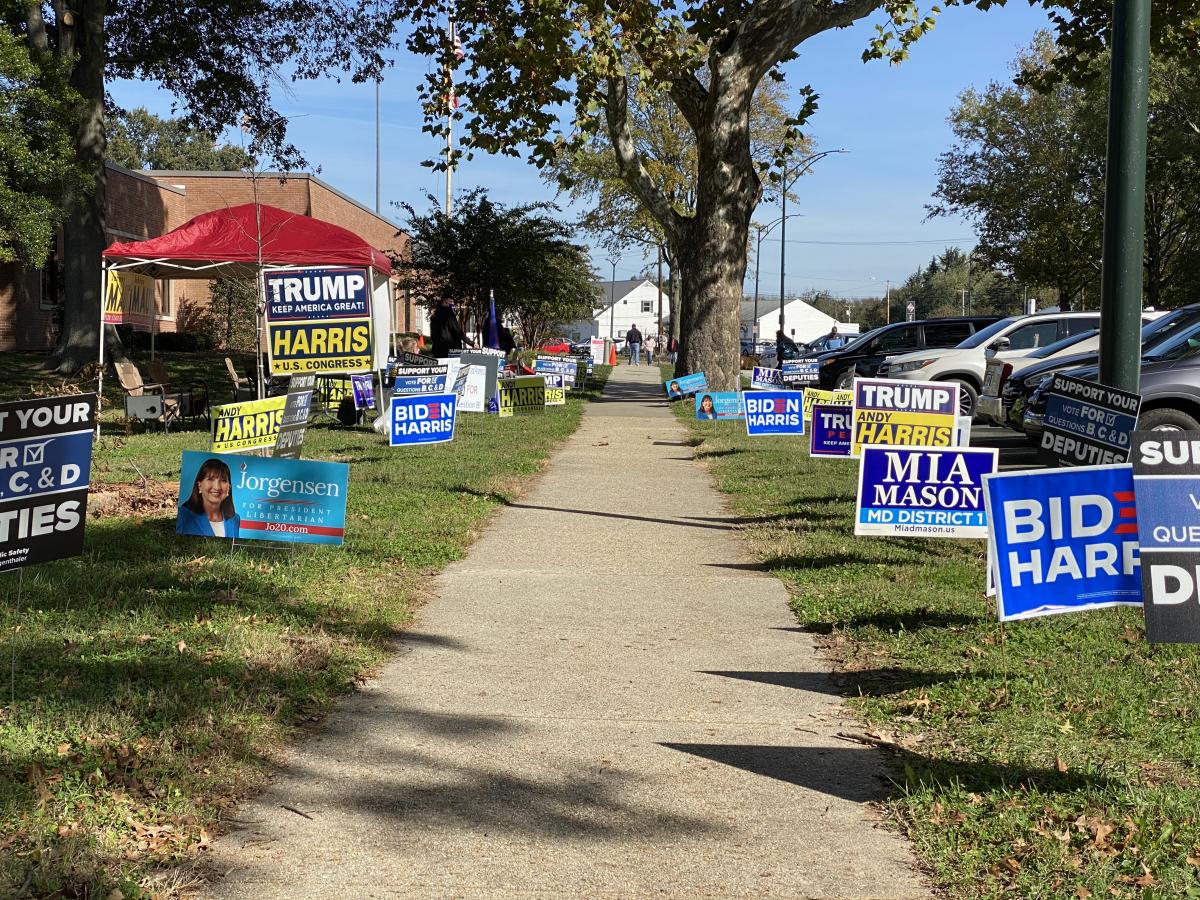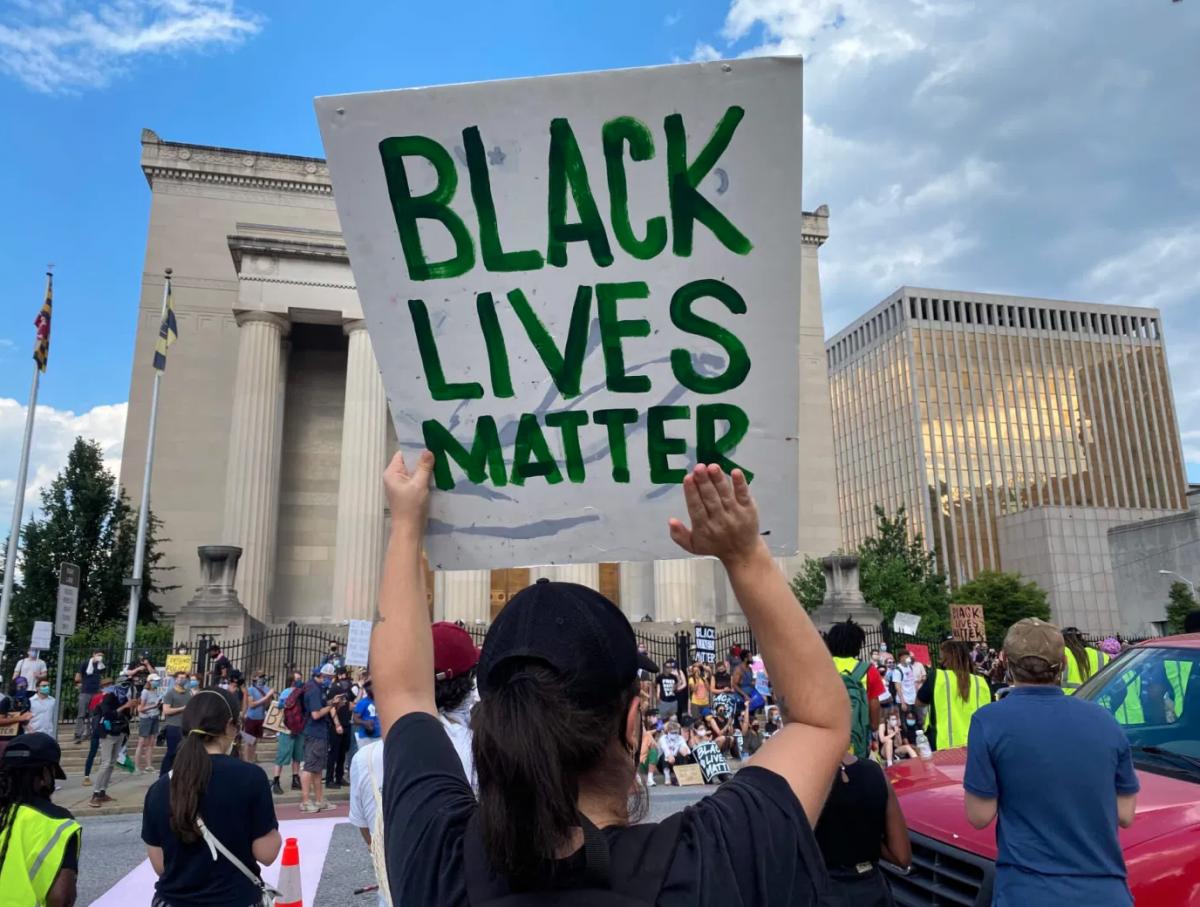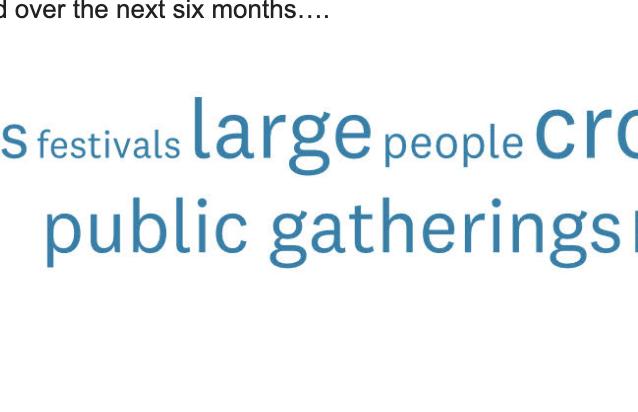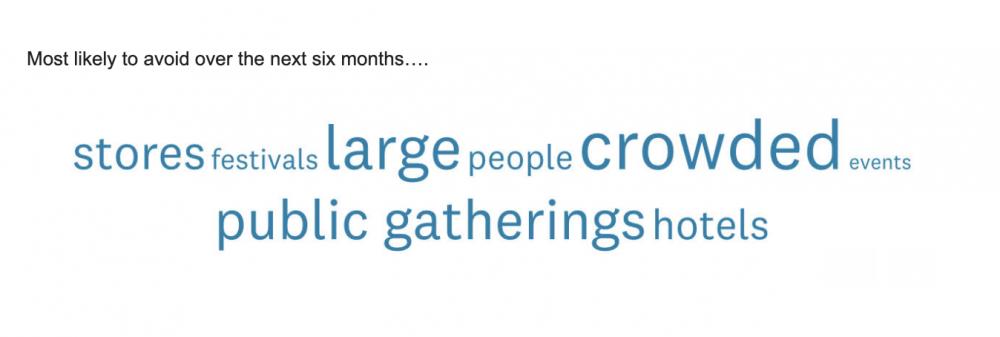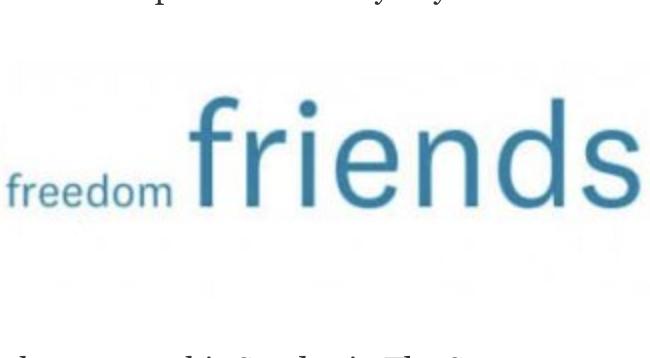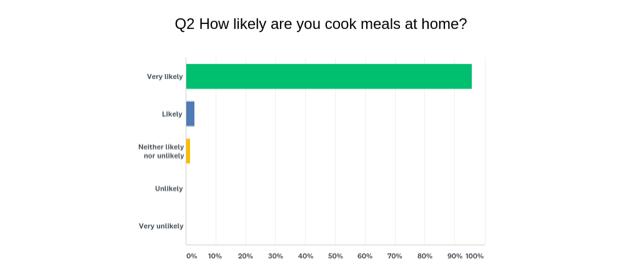As ballots from Tuesday’s election continue to be tallied, America finds itself in the throes of an ever-tightening presidential race that no one really saw coming.
Many pollsters, once again, missed the mark with projections for the victor of the 2020 election, which they projected to be a clear-cut win for Joe Biden in the presidential contest and congressional Democrats around the country.
Instead, no victor has been declared yet in the White House election, and Democrats lost seats in the House and may not make any gains in the Senate.
“THE POLLING INDUSTRY is a wreck, and should be blown up,” read the Politico Playbook newsletter Wednesday morning.
But what went wrong — in 2016 and 2020 — and why does it keep happening?
Jim Burton, a pollster and former executive director of the Maryland Republican Party, told Maryland Matters in a Wednesday phone interview that polls aren’t meant to serve as a crystal ball, but rather a “snapshot” of where voters’ heads are at the time they’re taken.
“There are polls out there that maybe they didn’t come up with the exact figure on how an election broke, but one thing about polls is they are a snapshot in time, and they’re not to be … like ‘hey, here’s what exactly is going to happen,’” he said. “It’s saying ‘here’s what it looks like at that time.’”
Polls may just be a “snapshot” as Burton suggests, but Steve Raabe, owner of OpinionWorks, an Annapolis survey research firm, said they also tend to contain merely surface questions.
“If you focus on just the horse race question [of] ‘Who do you support?’ not only are you just getting a snapshot in one point in time, but you are also not measuring strength of support, or a person’s propensity to change their mind, or who their second choice is or if they could ever vote for the other candidate — there’s many other factors,” he said. “So good polling is going to take all those sorts of things into account.”
Raabe said that it’s important to deploy other data gathering methods, like focus groups, to really get inside of the mind of the voter.
“Many people are conflicted,” he explained. “They feel one way about a candidate, and another way about a candidate and it’s important to try to sort out those cross-currents and that’s really hard to do in a snapshot poll.”
Good polling is reliant not only upon getting to the deeper questions, but how voters are reached.
Raymond Glendening, a Maryland-based Democratic political strategist and former national political director for the Democratic National Governors Association, called polling an industry “on the backslide in terms of its reliability.”
Pollsters still heavily lean on outdated sourcing tactics, like calling people on the phone — often even on landlines.
“It’s a changed electorate,” Glendening told Maryland Matters in an interview Wednesday. “It’s a younger one.”
While some polling outlets have shifted their eyes to cellphone and web polls to meet the moment, he said most of the industry has hesitated to adjust.
“I think when balanced, the majority of the industry has been incredibly slow compared to most to adapt and to innovate and to reflect … the changing demographic that exists among the voter base number one, and then just the technical ability to reach them,” Glendening explained.
Raabe called it “a major mistake” for pollsters, including the Washington Post, to continue to survey the general public solely by phone.
“The telephone non-response rate has absolutely spiked in the last several years,” Raabe said. “And so pollsters are now having to literally dial 100 or more live phone numbers to get one person to respond, so you have to really wonder who those non-responders are.”
Glendening, who has worked on a series of federal, congressional, presidential and state-level races in the last 15 years, said that polling has become “a helpful, ancillary tool” rather than a compass for campaigns to determine what audiences they need to reach and how.
“To some degree, I think that there is kind of this growing sense that, just from an entire industry perspective, it’s something that we can’t continue to put our entire campaign fortunes — or lack thereof — around,” he said.
But political insiders aren’t the only consumers of political polls: The general public tends to put a lot of stock in data gathered by pollsters and translated by media outlets.
Asked if he thinks that the public should continue to invest themselves in pre-election polling, Glendening’s answer was “a firm no” on the basis that “less-than-reliable outlets … can really jade and skew public opinion, both as it pertains to the competitiveness — or lack thereof — of a race, but also just in terms of where they should be focusing their attention.”
Glendening pointed specifically to two 2020 examples: Democrat Amy McGrath’s failed campaign against Senate Majority Leader Mitch McConnell (R-Ky.) and Jaime Harrison’s unsuccessful run against Sen. Lindsey Graham (R-S.C.).
McGrath and Harrison collectively raised nearly $200 million during the 2020 election cycle: a “jaw-dropping, eye-opening, blow-your-hair-back-and-turn-it-gray number” for two Democrats in traditionally Republican states, said Glendening.
He said that their campaigns “cherry-pick[ed]” polls that showed them within “striking distance” of their opponents, in races that they had a slim chance of winning, to funnel cash from small donors into their campaigns that could have been used in “truly competitive races.”
“I think that … the fact that a really, really, really healthy percentage of the polling outfits, let’s just say are subpar at the very, very best, are not always skewing public opinion in terms of what’s real and what’s not, but it is fundamentally changing how some of these races are being funded at the grassroots level and thus changing the ultimate electoral map.”
‘He’s an anomaly for all of us’
For some political professionals, President Trump seems to be the monkey wrench in the polling system.
“Let’s face it, he’s an anomaly for all of us,” Glendening said. “I mean, he’s not just an anomaly to polls, he’s also an anomaly to do fact-checking on, is an anomaly to do counter-messaging on, is an anomaly to do any kind of real, cohesive and coherent response to because he’s kind of just an outlier of a political organism.”
Glendening attributes this to two factors: a “guilty dishonesty” among surveyed voters who may feel uncomfortable publicly disclosing their support of him and messaging from Trump’s camp and centrist Democrats.
“I think you’re going to have the Bernie [Sanders]/[Rep.] Alexandria Ocasio Cortez (D-N.Y.)] left , that’s going to look at this thing and say, ‘this is exactly what we said,’ and feel very righteous about, ‘we had a moderate, inside the Beltway, typical standard-bearing candidate, and because of that, we didn’t draw a diverse and vast enough choice here and this is what we get,’” he said.
“And I think that you’re going to have the more establishment elements of the party that are going to say that this is largely a problem because there were Republicans, and particularly Trump, [that] were able to effectively paint Biden as too far left,” Glendening added.
“Clearly, there’s a lot of tension in the messaging that’s based in the polling, and I think that reflected in the result.”
Raabe said that he thinks pollsters missed out on the “vigor and the size of the Trump turnout” in a year where attempting to measure voter turnout was already destined to be complicated because of the COVID-19 pandemic.
“I have wondered throughout this year if national pollsters like the New York Times or somebody who’s trying to dive down into individual states is able to do it with success just because it’s so tricky to poll any state,” Raabe explained, “and to poll a state you don’t really know is hard in any year, but this year it’s particularly hard.”
Raabe also brought up the notion of undecided voters who swung in Trump’s direction in the election’s 11th hour.
But he said that it may be too soon to tell what happened with the polls.
“I think these are unknowns still and I think some of these factors will be sorted out in the coming weeks and months as everybody takes a look to try to figure out what happened,” he said.
Although more analysis is necessary, Americans may have reverted back to the era of voting for the straight party ticket, Raabe said.
“We’re back with people voting straight ballots and that’s been borne out in the last two elections and very much so yesterday as far as I can see.”
Of lessons he hopes that pollsters got out of Tuesday’s election, turning to newer technology to reach voters and restructuring questions were at the top of Raabe’s list.
“I also think we just need to look backwards and do more analysis on what really did occur,” he said. “You had a super turnout yesterday and so, Trump actually performed well and Biden seems to perform just a little bit better — not as well as the polls would have predicted, but we’ll see in the end when all the mailed-in ballots are counted just how far off all these polls were.”
By Hannah Gaskill
